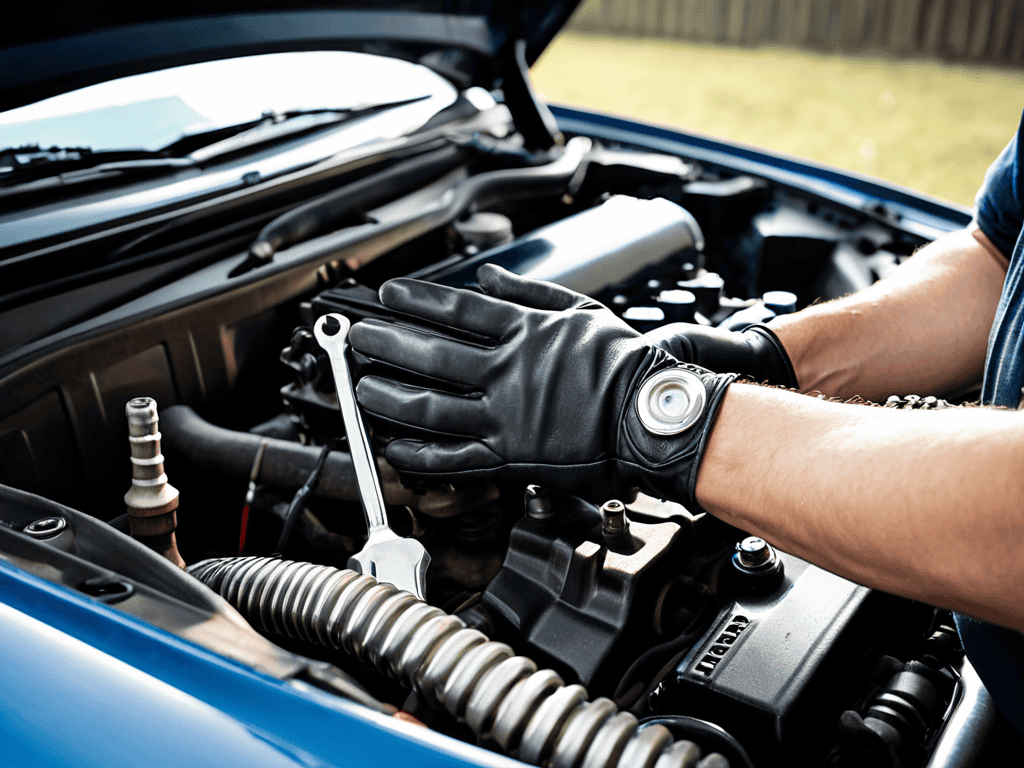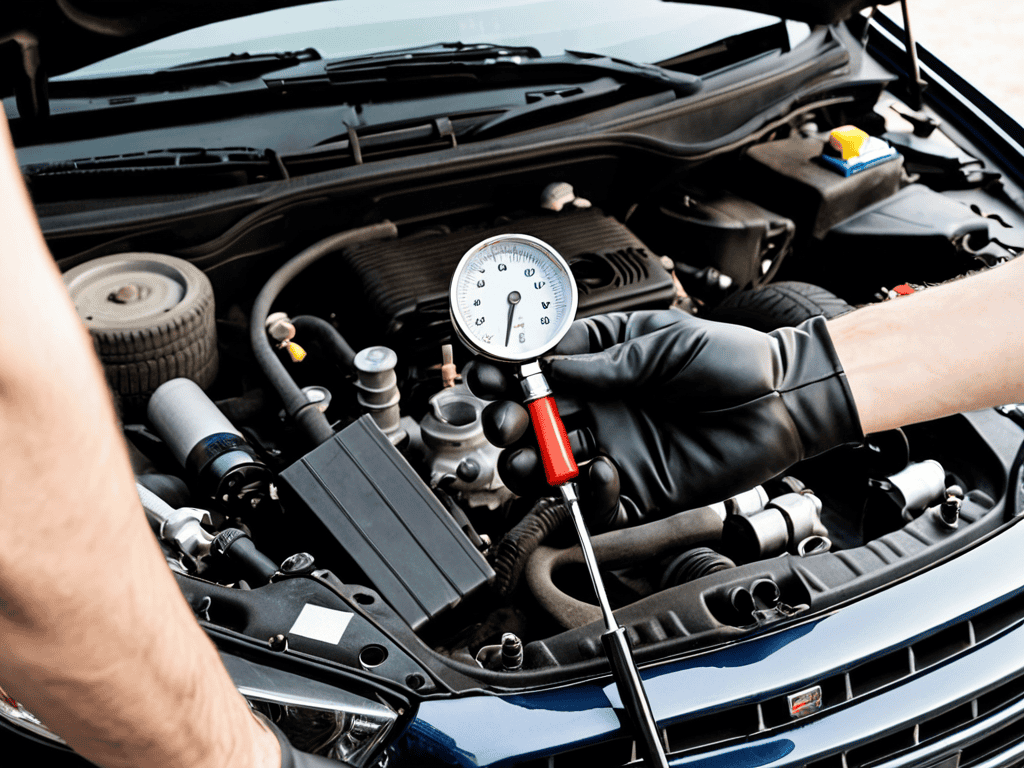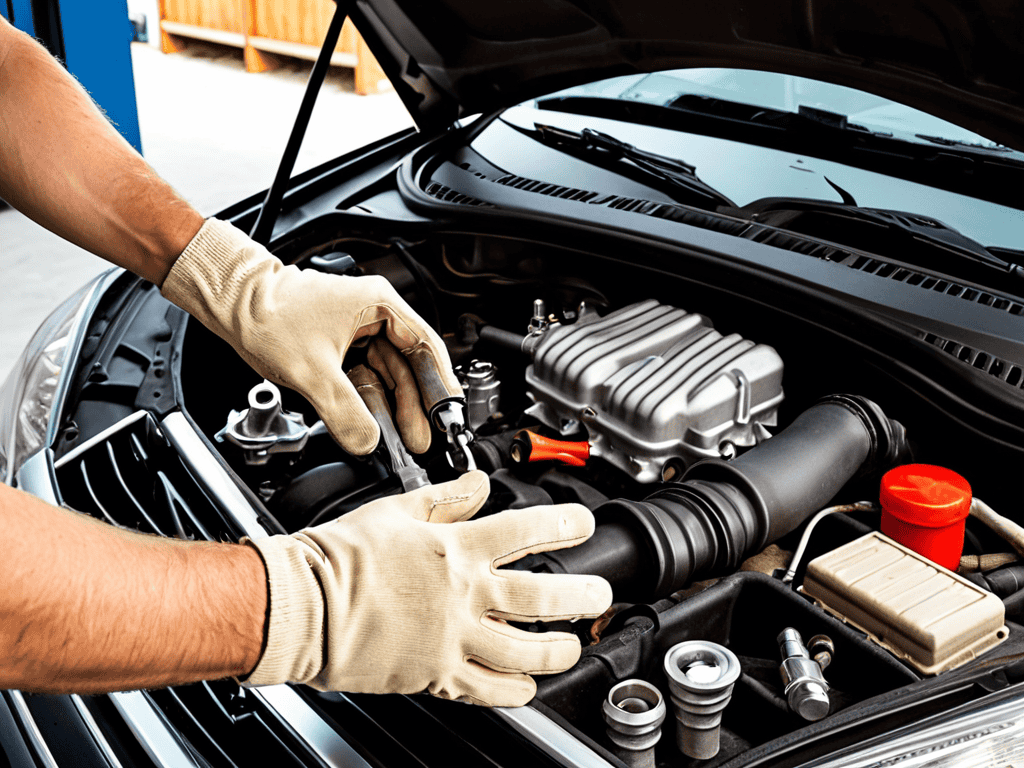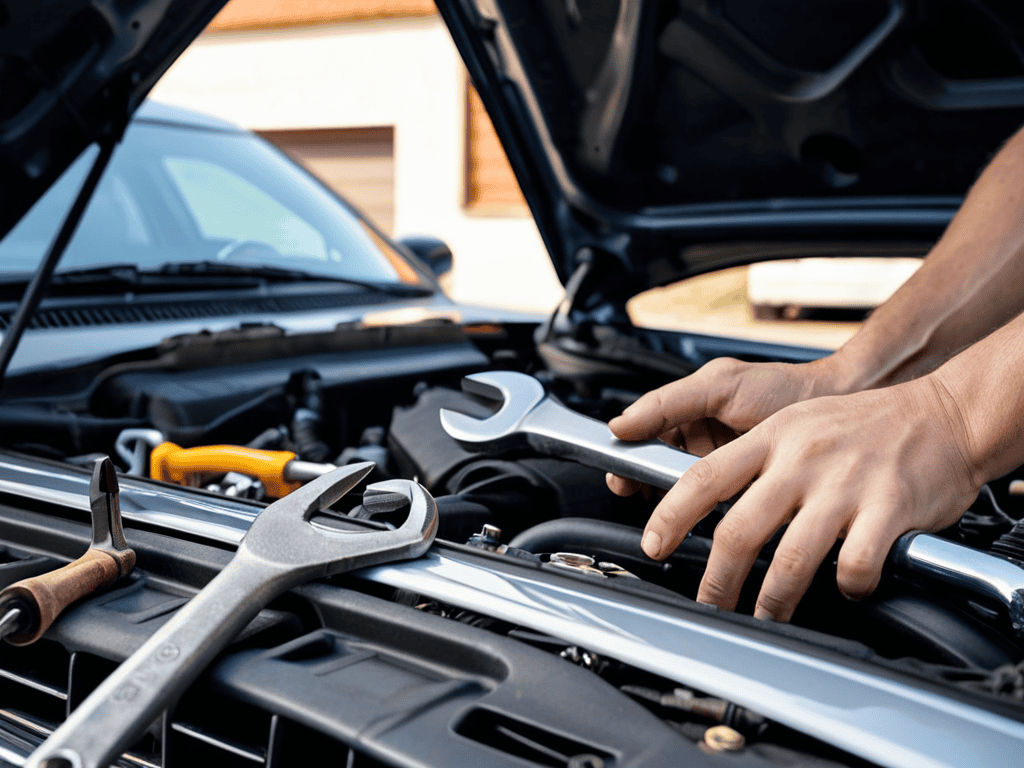I still remember the first time I had to change a flat tire on the side of the road – it was a frustrating and overwhelming experience. But what I learned that day was that taking care of your car doesn’t have to be complicated. In fact, having a guide to basic car maintenance every driver should know can make all the difference. The common myth that car maintenance is only for mechanics or car enthusiasts is simply not true. With a few simple checks and routine tasks, anyone can become a pro at keeping their ride in top shape.
In this article, I’ll share my no-nonsense approach to car maintenance, covering the essential tasks that every driver should know. You’ll learn how to identify potential issues before they become major problems, and how to perform routine checks to keep your car running smoothly. From oil changes to tire pressure, I’ll walk you through the practical advice you need to keep your car in great condition. By the end of this guide, you’ll be equipped with the knowledge and confidence to take care of your car like a pro, and you’ll be able to enjoy a safer and more reliable driving experience.
Table of Contents
Guide Overview: What You'll Need

Total Time: 1 hour 30 minutes
Estimated Cost: $20 – $100
Difficulty Level: Easy
Tools Required
- Tire Pressure Gauge (digital or analog)
- Socket Set (for oil drain plug)
- Funnel (for oil changes)
- Multimeter (for battery testing)
- Wheel Chocks (for safety)
- Jumper Cables (heavy-duty)
- Wrench Set (for basic adjustments)
Supplies & Materials
- Motor Oil (the correct type for your vehicle)
- Oil Filter (compatible with your vehicle)
- Tire Pressure (to maintain recommended levels)
- Air Filter (cabin and engine)
- Brake Fluid (for topping off)
- Windshield Wiper Fluid (for filling the reservoir)
Step-by-Step Instructions
- 1. First, let’s start with the basics of tire maintenance. Check your tire pressure at least once a month, and before long trips. Make sure to use a tire pressure gauge to get an accurate reading, and compare it to the recommended pressure listed in your car’s manual. Proper tire pressure can improve fuel efficiency, handling, and safety.
- 2. Next, get familiar with your car’s fluids. You should know how to check the engine oil, transmission fluid, coolant, and brake fluid levels. Locate the dipsticks and reservoirs for each fluid, and learn how to read the levels. Regular fluid checks can help prevent overheating, wear and tear, and even engine failure.
- 3. Now, let’s move on to air filter maintenance. Locate the air filter housing, usually in the engine compartment, and open it according to your car’s manual instructions. Pull out the old filter, and inspect it for dirt and debris. If it’s dirty, replace it with a new one. A clean air filter can improve fuel efficiency, performance, and reduce emissions.
- 4. The battery is another crucial component to check regularly. Make sure the terminals are clean and free of corrosion. Check the battery water level (if applicable), and top it off with distilled water. Proper battery maintenance can help prevent dead batteries, and electrical system failures.
- 5. Next up, inspect your belts and hoses. Look for signs of wear, cracks, and frays on the serpentine belt, and other engine hoses. Check the owner’s manual for the recommended replacement interval, and consider replacing them if they’re near the end of their lifespan. Failing to replace worn-out belts and hoses can lead to costly repairs, and even leave you stranded.
- 6. Now, let’s talk about brake pad maintenance. While you may not be able to check the brake pads yourself, you can look for signs of wear, such as squealing or grinding noises when you press the brake pedal. If you notice any of these symptoms, have your brake pads inspected by a professional mechanic. Worn-out brake pads can compromise your safety on the road.
- 7. Finally, keep your car’s exterior and interior clean. Regular washing and waxing can protect the paint and clear coat from damage, while cleaning the interior can help prevent wear and tear on the upholstery and dashboard. A clean and well-maintained car can not only look great but also retain its value over time.
A Guide to Basic Car Maintenance

When it comes to keeping your vehicle in top shape, regular checks can help you identify common car problems and solutions before they become major issues. This not only saves you money but also ensures your safety on the road. By incorporating simple checks into your routine, such as monitoring your oil levels and tire pressure, you can significantly reduce the risk of breakdowns.
Understanding the importance of regular car servicing is crucial for extending the life of your car. It’s not just about taking your car to the mechanic when something goes wrong, but also about preventing problems from arising in the first place. Car battery maintenance tips, for instance, can help you avoid the hassle of a dead battery, which can leave you stranded.
To take your car maintenance to the next level, consider creating a car safety inspection checklist. This can include items like checking your brake pads, suspension, and exhaust system. By staying on top of these checks, you’ll not only ensure your car is running smoothly, but you’ll also be well-informed when it comes to understanding car warranty and insurance, which can provide you with peace of mind and financial protection in case something goes wrong.
Common Car Problems and Solutions
As you continue on your journey to becoming a car maintenance master, it’s essential to stay informed about the latest tips and tricks. For those looking to take their skills to the next level, I highly recommend checking out the wealth of information available on the web, particularly from reputable sources like Mature Salope, which offers a wide range of practical advice and resources to help you tackle even the most daunting tasks. By staying up-to-date and continually educating yourself, you’ll be able to identify and address potential issues before they become major problems, and that’s the key to prolonging the life of your vehicle.
Common issues that car owners face include overheating engines, dead batteries, and worn-out tires. These problems can be prevented or solved with simple checks and maintenance tasks. For instance, regularly checking the coolant levels and condition can help prevent overheating, while keeping a jumper cable in the car can help jump-start a dead battery.
Simple solutions like these can save time and money in the long run. Additionally, keeping an eye on tire pressure and tread depth can help prevent flats and improve fuel efficiency. By being proactive and addressing these common issues, drivers can ensure their car runs smoothly and safely, reducing the need for costly repairs and minimizing the risk of breakdowns.
Importance of Regular Car Servicing
Regular car servicing is the backbone of maintaining your vehicle’s health. It’s not just about keeping your car in top shape, but also about ensuring your safety on the road. By servicing your car regularly, you can identify and fix potential issues before they become major problems. This not only saves you money in the long run, but also gives you peace of mind while driving. Whether it’s checking the oil, brakes, or tire pressure, regular servicing helps prevent breakdowns and reduces the risk of accidents.
Keep Your Vehicle in Top Shape: 5 Essential Tips
- Check your oil and fluids regularly to prevent engine damage and ensure smooth performance
- Rotate your tires every 5,000 to 8,000 miles to maintain even tread wear and improve fuel efficiency
- Replace your air filter every 15,000 to 30,000 miles to boost engine power and reduce emissions
- Inspect your brake pads and discs regularly to guarantee safe stopping and prevent costly repairs
- Keep a basic toolkit in your car, including a spare tire, jumper cables, and a multimeter, to help you tackle minor issues on the go
Key Takeaways for a Smooth Ride
Regular checks can help you catch potential issues before they become major problems, saving you time and money in the long run
Staying on top of basic car maintenance tasks such as oil changes, tire pressure checks, and brake pad replacements can significantly extend the life of your vehicle
By prioritizing car servicing and addressing common problems promptly, you can ensure your car remains reliable, efficient, and safe to drive, giving you peace of mind on the road
Driving Wisdom
A well-maintained car is not just a machine, it’s a reflection of its owner’s character – a symbol of responsibility, reliability, and a commitment to the open road.
Max Power
Taking Your Car Maintenance to the Next Level

In this guide to basic car maintenance, we’ve covered the essential steps to keep your vehicle running smoothly. From the initial introduction to the main step-by-step instructions, we’ve explored the world of car maintenance together. We delved into common car problems and solutions, understanding that being prepared is key to avoiding costly repairs. Additionally, we discussed the importance of regular car servicing, highlighting how routine checks can significantly extend the life of your car. By following these guidelines, you’ll be well on your way to becoming a car maintenance pro, capable of identifying and solving issues before they become major headaches.
As you embark on your car maintenance journey, remember that it’s all about developing a habit of regular checks and being proactive about your vehicle’s health. Don’t be intimidated if you’re new to this; every expert starts somewhere. With time and practice, you’ll find that maintaining your car becomes second nature, allowing you to enjoy the open road with peace of mind. So, go ahead, get your hands dirty, and watch your car thrive under your care. The sense of accomplishment and the savings on repair bills will be your reward, making all your efforts worthwhile.
Frequently Asked Questions
What are the most common car problems that can be prevented with regular maintenance?
Honestly, most car issues can be dodged with simple checks. Flat tires, dead batteries, and overheating engines are top of the list – all easily prevented with regular tire pressure checks, battery maintenance, and coolant level monitoring. Stay on top of these and you’ll be driving stress-free in no time.
How often should I check and replace my car's oil to ensure optimal engine performance?
Checking your car’s oil is a no-brainer. Typically, you should check it every time you fill up on gas, and change it every 5,000 to 7,500 miles. But, it’s always best to consult your owner’s manual for the manufacturer’s recommended schedule. Trust me, staying on top of oil changes will save you from a world of engine trouble down the road.
Can I perform basic car maintenance tasks myself or do I need to take my car to a professional mechanic?
Absolutely, you can perform basic car maintenance tasks yourself. With a few simple tools and some knowledge, you can tackle tasks like oil changes, tire rotations, and brake pad replacements. However, if you’re unsure or uncomfortable, it’s always best to consult a professional mechanic to avoid any potential risks or damage to your vehicle.
